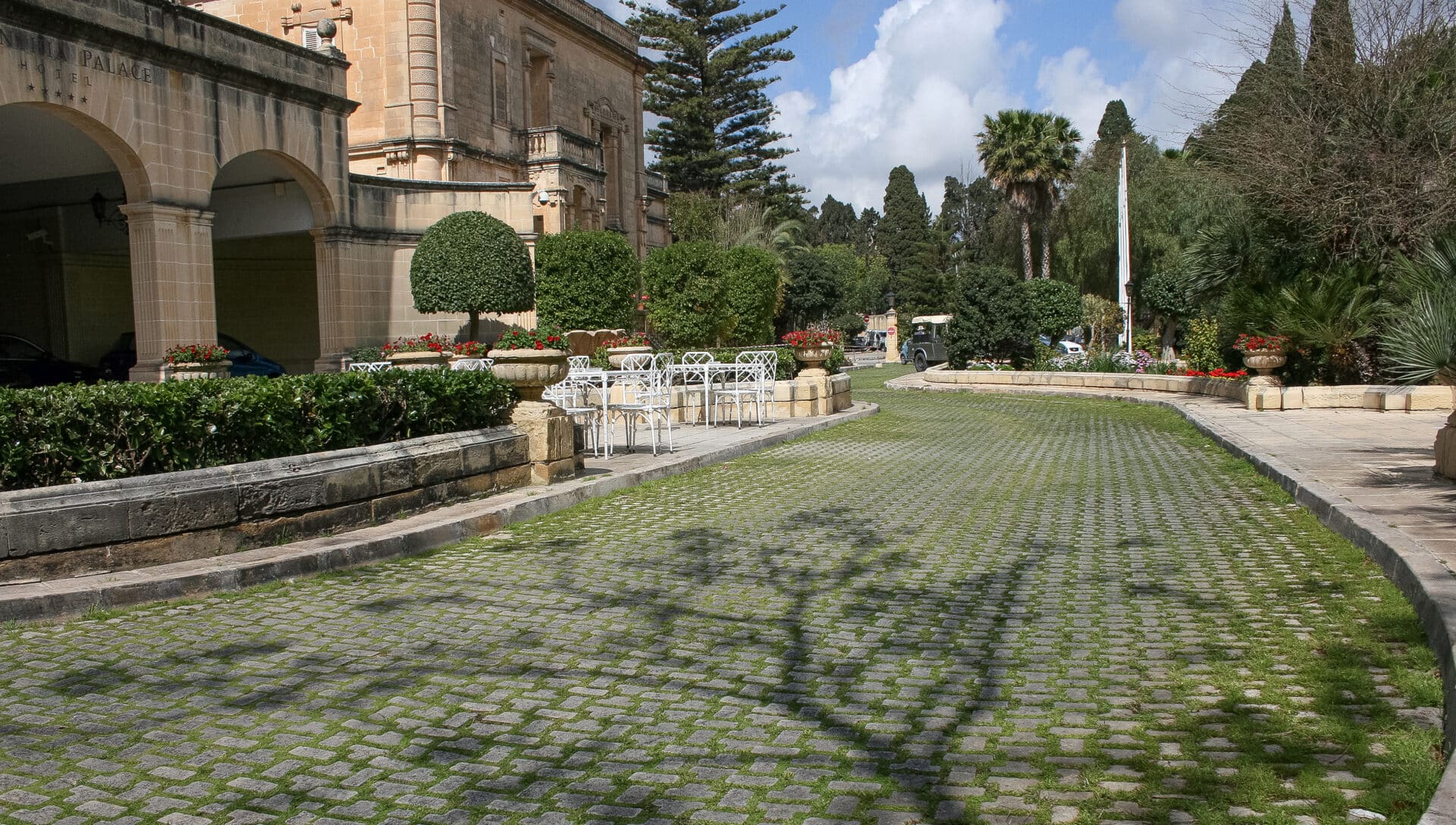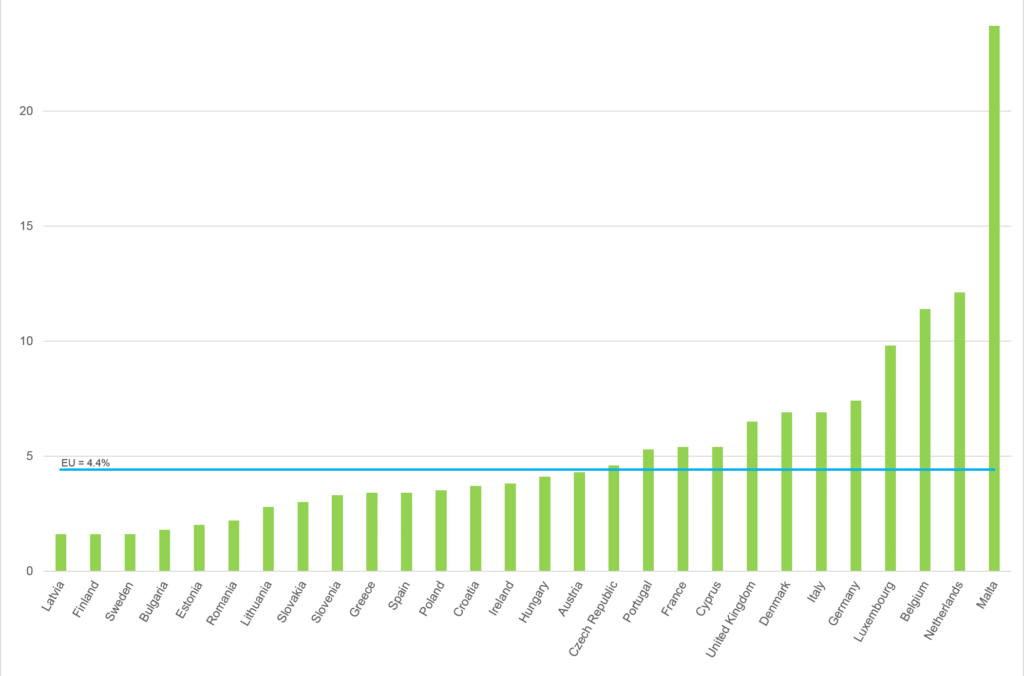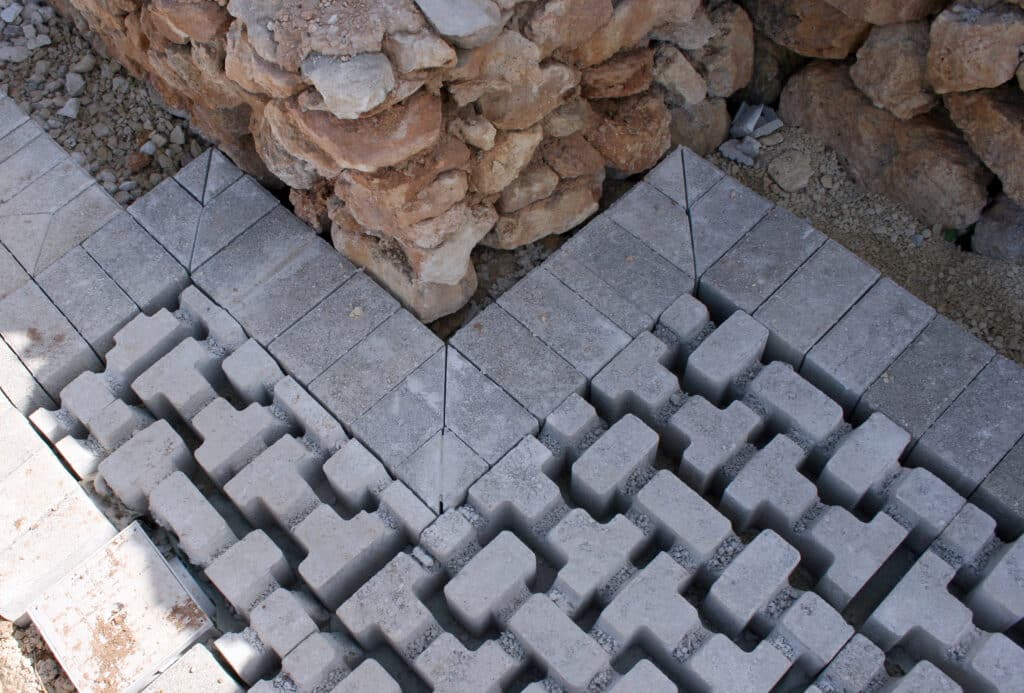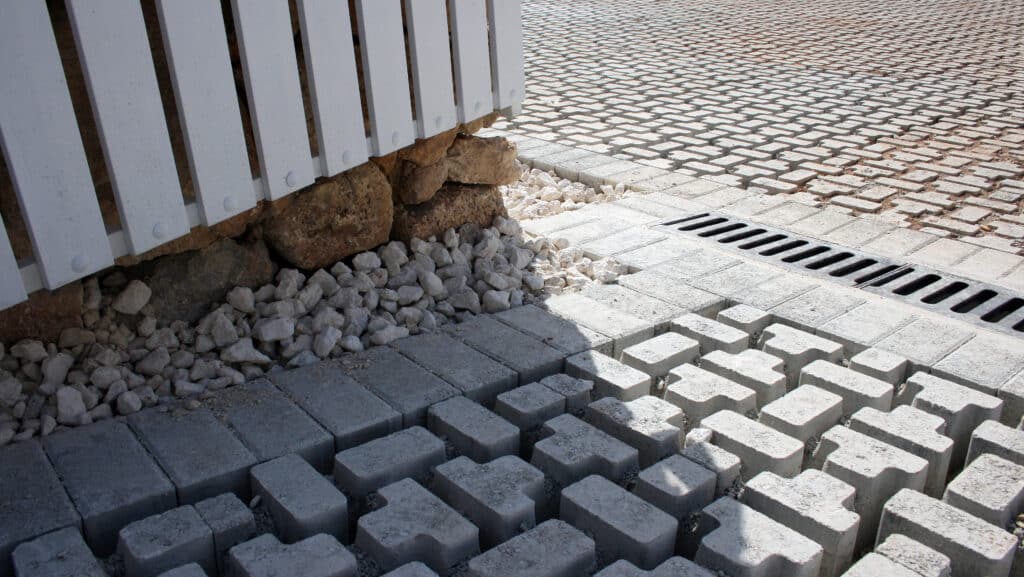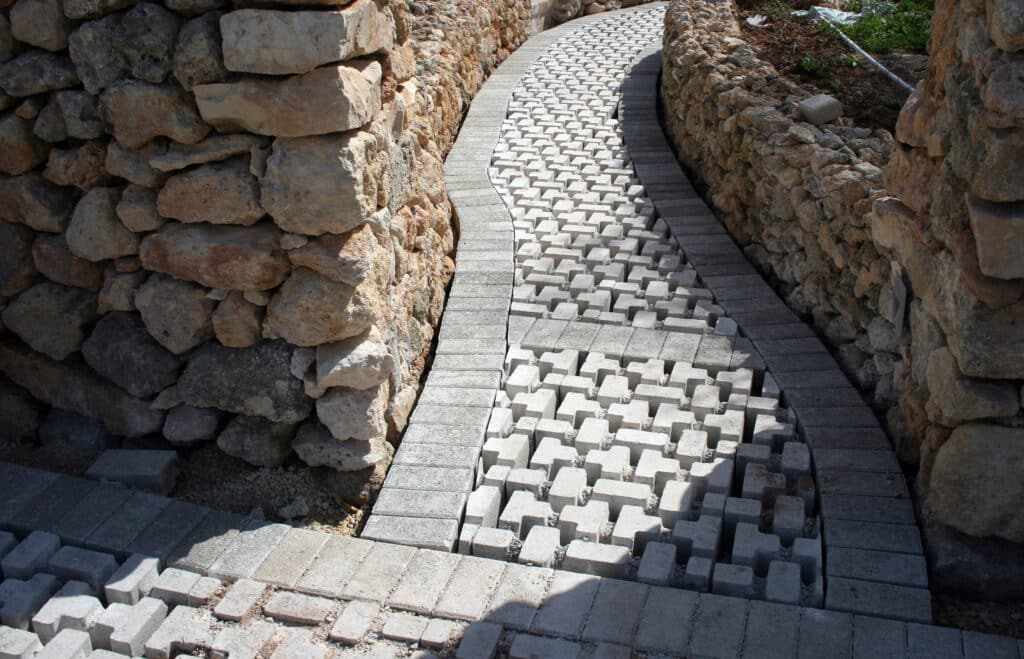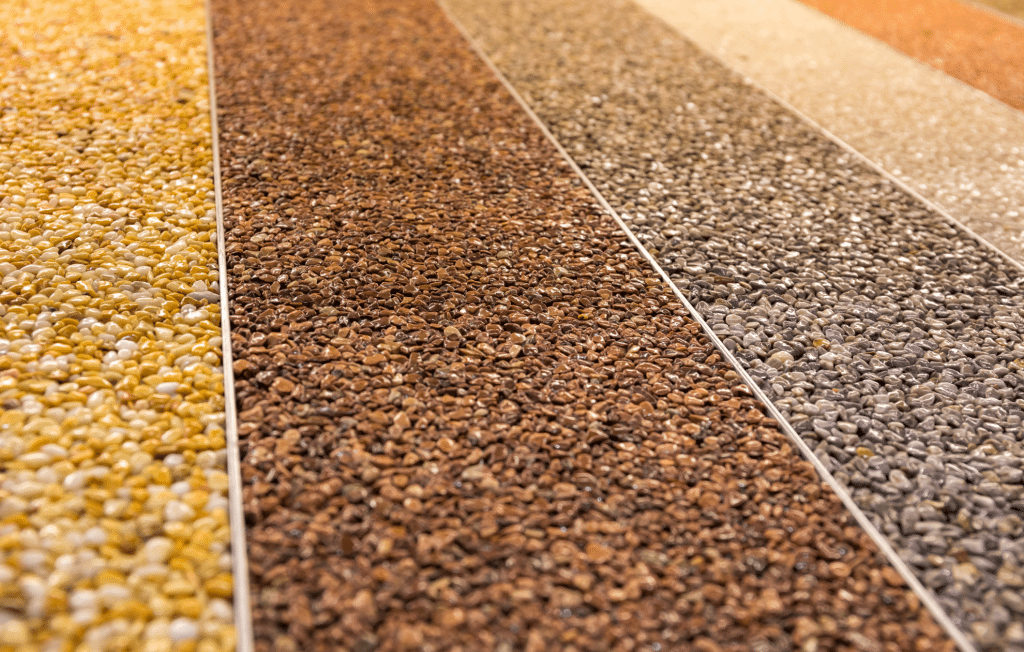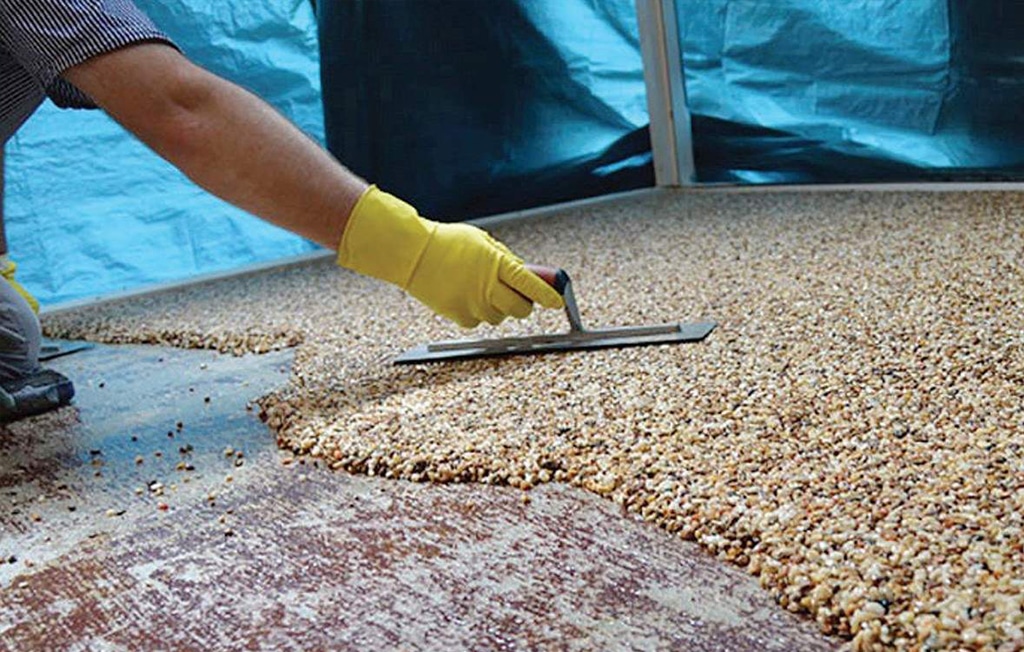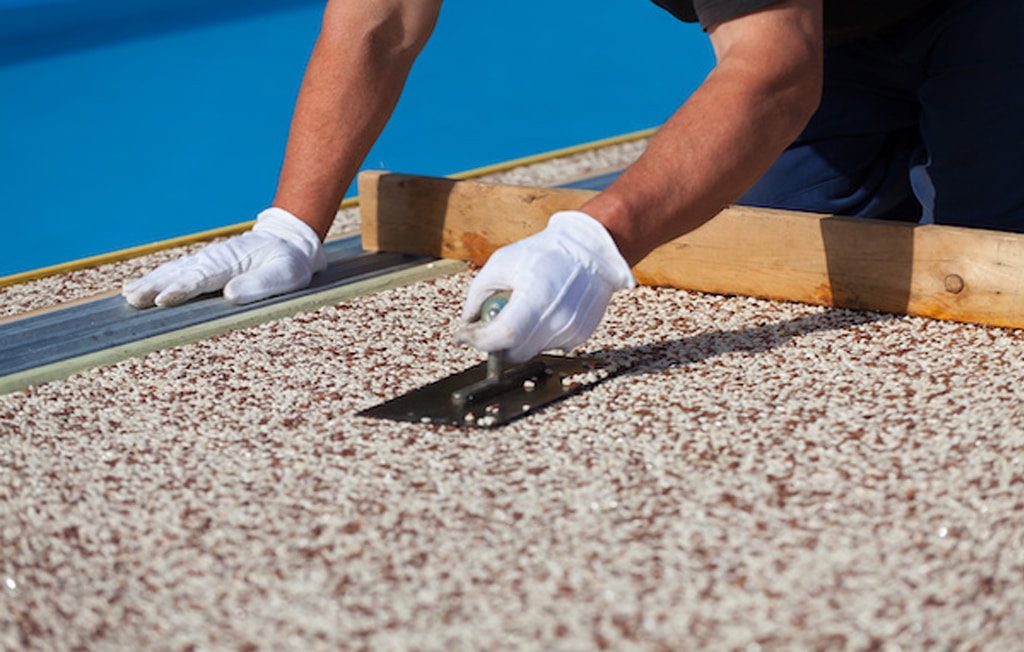Hard surfaces yet kind to Nature
A solution to reduce the impact of urban circulation areas on the environment
The continuous increase of urban areas at the expense of the natural surfaces of our planet is having a significant impact globally, especially in densely populated countries such as ours. One of the main side-effects of the expansion of urban areas is soil sealing. Urban areas covered by roads, car parks and houses do not allow water to infiltrate into the ground. As a result, we have recurring flooding in peripheral areas, an unequal distribution of water in the subsoil aquifers, and degrading local humidity conditions.
According to the European Land Use and Coverage Area frame Survey (LUCAS) statistics, almost a quarter (23.7%) of Malta's territory is covered by artificial surfaces. Consequently, Malta has the highest percentage of territory covered by artificial surfaces. Malta is followed by the Netherlands (12.1%), Belgium (11.4%), Luxembourg (9.8%) and Germany (7.4%). In contrast, 2% or less of the territory is covered by artificial surfaces in Latvia, Finland and Sweden (all 1.6%), Bulgaria (1.8%) and Estonia (2%).
These are basically the reasons that should lead us to prefer water-transparent floors, at least for all areas where heavy traffic is not expected.
Permeable pavement, also known as porous pavement, is a type of hard surface that allows precipitation to seep through to an underlying natural or man-made catchment area. In practice, water infiltrates into the underlying soils or is removed by underground drainage systems. The goal is to create a pavement that is durable and resistant to wear and tear while maintaining the permeability characteristics of natural soil. This sustainable approach helps reduce the impacts of urbanisation on the water cycle by minimising runoff and pollution. Permeable pavement systems are commonly used in low-traffic areas such as car parks, pedestrian footpaths, cycle paths, and driveways. Modern advancements in high-tech materials used to "bond" granular aggregates have made it possible to create large coverings that perform similarly to traditional asphalt. These new materials allow for rapid penetration of rainwater, enhancing the functionality and durability of the surfaces, even in the event of more intensive traffic or the presence of heavy vehicles.
Permeable pavements can replace standard asphalt and concrete for paving sidewalks, driveways, parking areas, and various road surfaces.
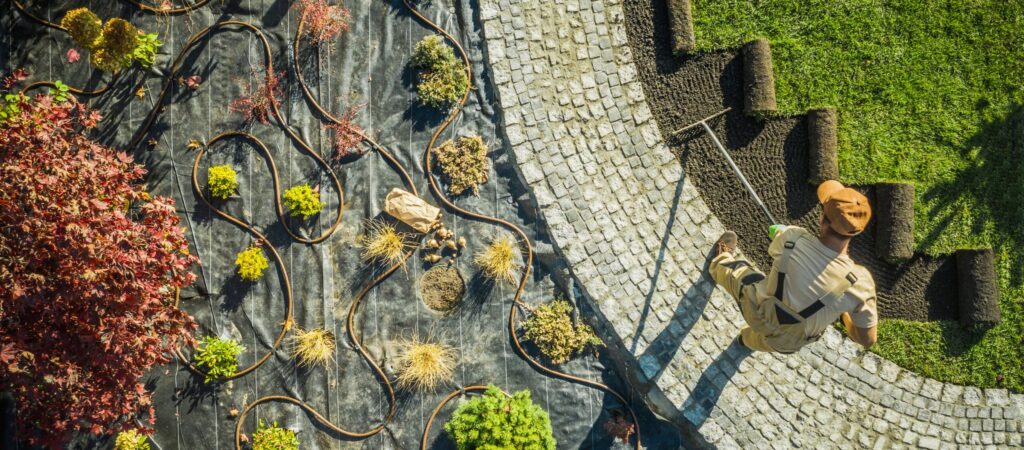
Less commonly known advantages of permeable pavements
As outlined above, the key advantage of this type of pavement is to allow water to re-enter the natural hydrogeological cycle, allowing groundwater recharge and moderating flow fluctuations in watercourses, but there are also other aspects that we should consider.
Porous pavements can help lower the high temperatures of stormwater runoff commonly associated with impermeable surfaces. Rainwater accumulates on the surface of conventional pavements, where it is heated by the sun and the warm pavement surface immediately evaporating, contributing to a high ambient humidity level. Due to the rapid infiltration of precipitation, porous pavement reduces the exposure of water to sun and heat. Fresh water that is kept fresh deep in the soil is essential for the health of many organisms.
Not only: Long-term research on permeable pavements shows they effectively remove pollutants like total suspended solids, total phosphorus, total nitrogen, chemical oxygen demand, zinc, motor oil, and copper. Naturally, occurring micro-organisms in the voids decompose hydrocarbons and adhering metals.
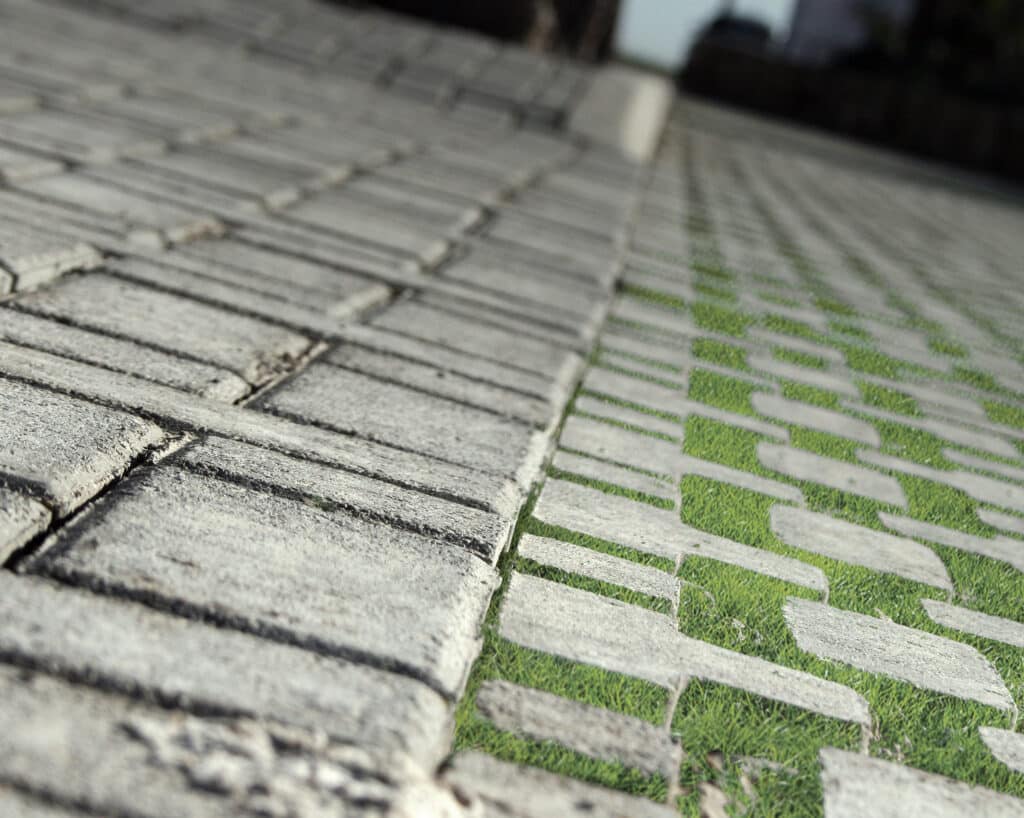
The basic principle behind these materials
Natural soils, each with their own characteristics, varying according to the presence of aggregates of different sizes, have voids that allow water to percolate and reach the deeper layers. In the same way, a porous pavement allows water to pass through it.
Permeable pavements are made from materials like open-jointed bricks that have gaps allowing water to seep through. Open-textured pavements, such as grassed concrete, open-cell concrete blocks, or open-laid blocks, enable plants to grow between them and let rainwater infiltrate the ground. Semi-permeable materials, including wood chips, shells, gravel, or stone aggregates, allow rainwater to pass through but cannot bear heavy loads.
These types of permeable pavements handle light rainfall effectively, allowing water to infiltrate the ground. However, during heavy rainfall, runoff needs to be managed through sewers or surface water systems.
Even in these cases, paving with open-joint blocks or other systems aimed at making the surface more resistant can have advantages: firstly of all, the surface is more resistant to the impact of torrential rain, preventing surface erosion. Secondly, slowing down the flow of surface water can prevent deeper corrosion, as in the case of mountain paths. The latter is in fact more evident the steeper the surface gets.
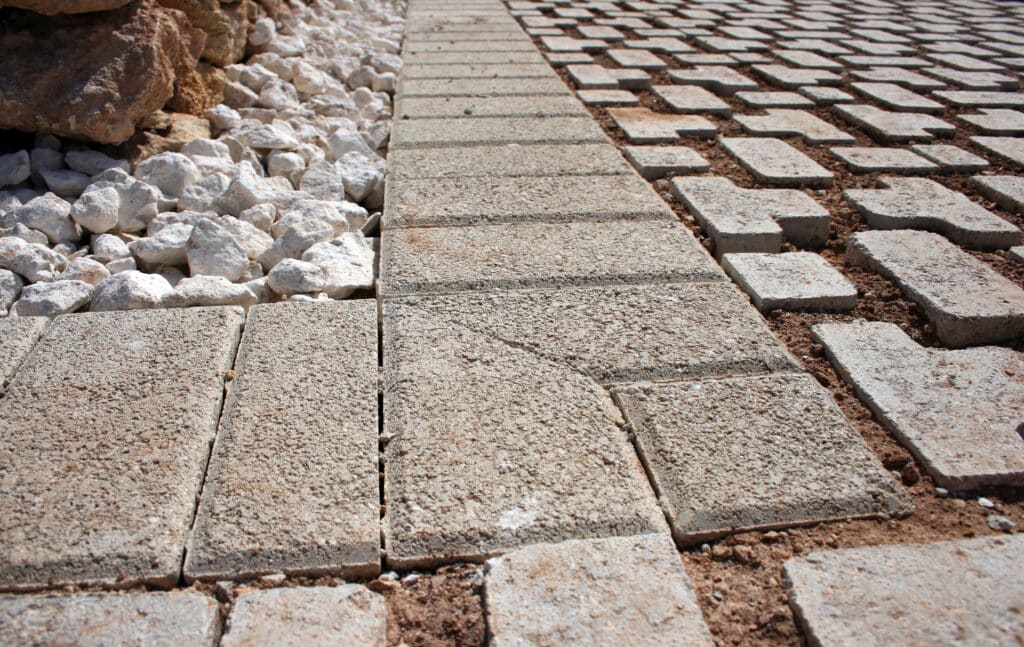
Especially on sloping surfaces, heavy rain, combined with the impact of passing wheels, animal hooves, and even simple foot traffic, can quickly degrade the condition of a pathway. A well-executed paving can achieve several advantages besides making the surface of this pathway more durable. For example, by alternating the type of paving, one can not only create attractive patterns, but also direct the flow of surface water to collection points or simply to the sides of the path.
The implementation of a properly realised project very often includes the use of different materials, each used specifically according to their characteristics.
Types of permeable pavements include:
- Individual paving blocks or cobblestones
- Plastic or fibrous grid systems filled with sand, gravel, or live plants
- Special mixtures of concrete and specific binders that bond larger aggregates while leaving voids to help water percolate
Attard Bros Construction Materials' Permeable Paving Solutions:
There are different types of solutions addressing the specific problems of a site in question. Generally we can say that all these products are able to present the following advantages:
- Making the surface more wear-resistant;
- Avoiding surface washout on steep slopes;
- Reducing maintenance costs;
- Ensuring extraordinary longevity;
- Allowing rainwater to penetrate into the deep layers of the soil, thus benefiting from all the advantages already outlined in this article.
Permeable pavements are designed to absorb water that falls directly on their surface, not to manage stormwater from other impervious areas on the site. This technique should be integrated into a comprehensive on-site stormwater management system and does not replace other methods. Therefore, careful design must consider every aspect.
Open-Joint Paving Blocks
Attard Bros Group produces many types of paving blocks and accessories to create borders and special elements. From this experience comes our 'Grass Block', characterised by a unique structure that provides stability while ensuring the largest possible percentage of naturally porous green percentage.
These blocks adapt very well to the terrain and, thanks to their large footprint, are able to effectively support the weight of vehicles by distributing it over a larger area without the risk of sinking, even in very wet ground.
Our "Grass Block" integrates with all of our other outdoor paving products in order to be able to create complex patterns or code the paving according to use (differentiating pedestrian paths from mixed/vehicular paths, highlighting rest areas and accesses etc).

Porous Concrete
Drawing from our extensive experience in producing concrete and concrete-based products, particularly, lightweight structural components, we introduced our porous concrete, which offers high mechanical strength and exceptional water porosity. This no-fines concrete contains no sand or fine aggregate, consisting only of cement, water, and coarse aggregate. It is a conglomerate of coarse aggregate coated with a grout of 1 to 1.5mm thickness, characterised by uniformly distributed voids throughout the mass, giving it a relatively low density. No-fines concrete may therefore be considered a particular form of lightweight concrete.
The main advantages of no-fines concrete compared to normal density concrete are:
- Free draining
- Lightweight
- Reduction in the use of cement
- Low capillary absorption of water
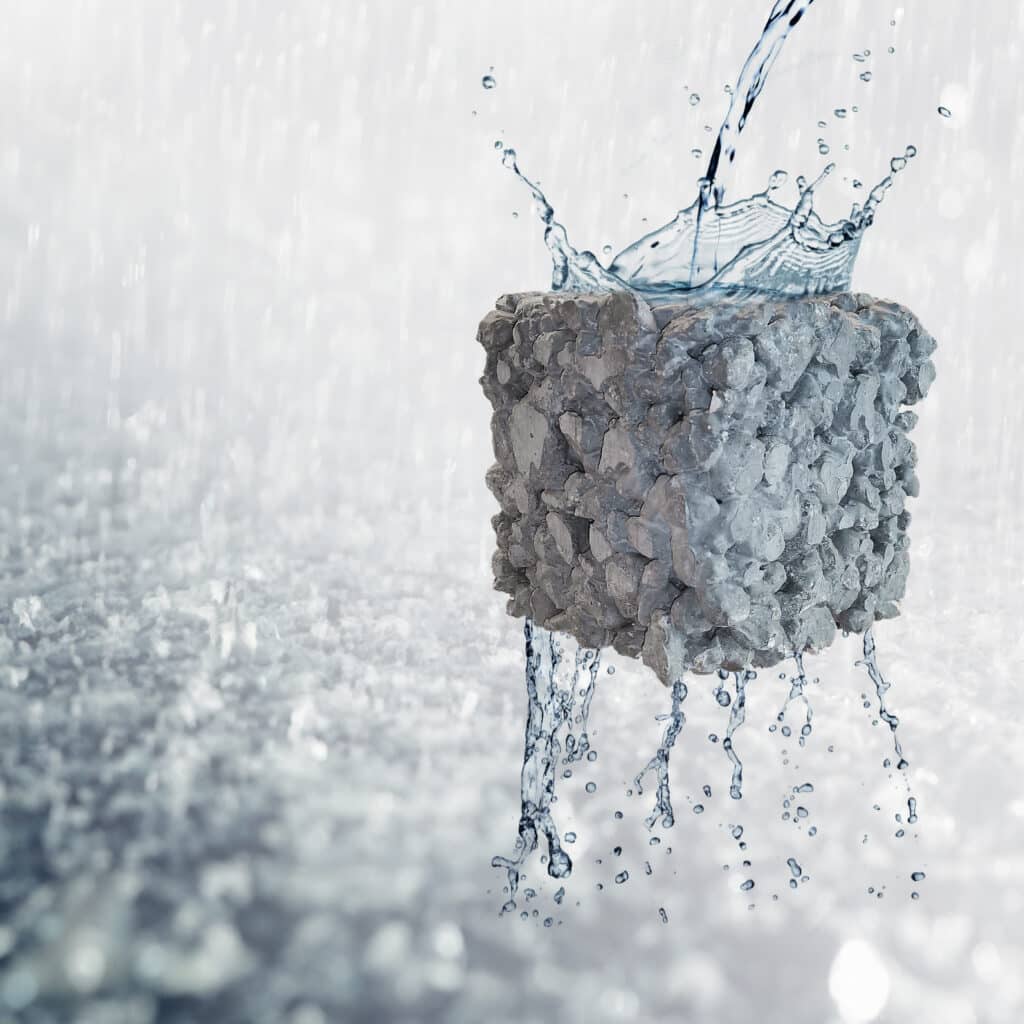
This concrete features significantly larger void spaces than usual, with minimal to no fine materials in the mix. This design allows water and air to move swiftly through the material into the soil or base layer below. It is composed of specially formulated mixtures of CEM II A/LL 42.5R cement, uniform open-grained coarse aggregates, and water.
Resin-bound Draining Paving
Resin-aggregated draining pavements are an effective and durable solution for creating large, permeable surfaces. The use of natural stone aggregates from selected materials allows for refined colour effects, resulting in an aesthetically pleasing and valuable enhancement of the environment.
The combination of natural stone and resin creates a highly durable pavement that remains unchanged over time and is suitable for both pedestrian and driveways. It can be used in outdoor environments such as yards, driveways, sidewalks, porches, and for decorative cladding on terraces, balconies, and pool edges.
Draining surfaces can be made using various types of inert materials, differing in size, shape (pebble or granulated), and colour range. A photoluminescent effect can be achieved by using special aggregates that absorb natural or artificial light to emit it in different colours in dark conditions.
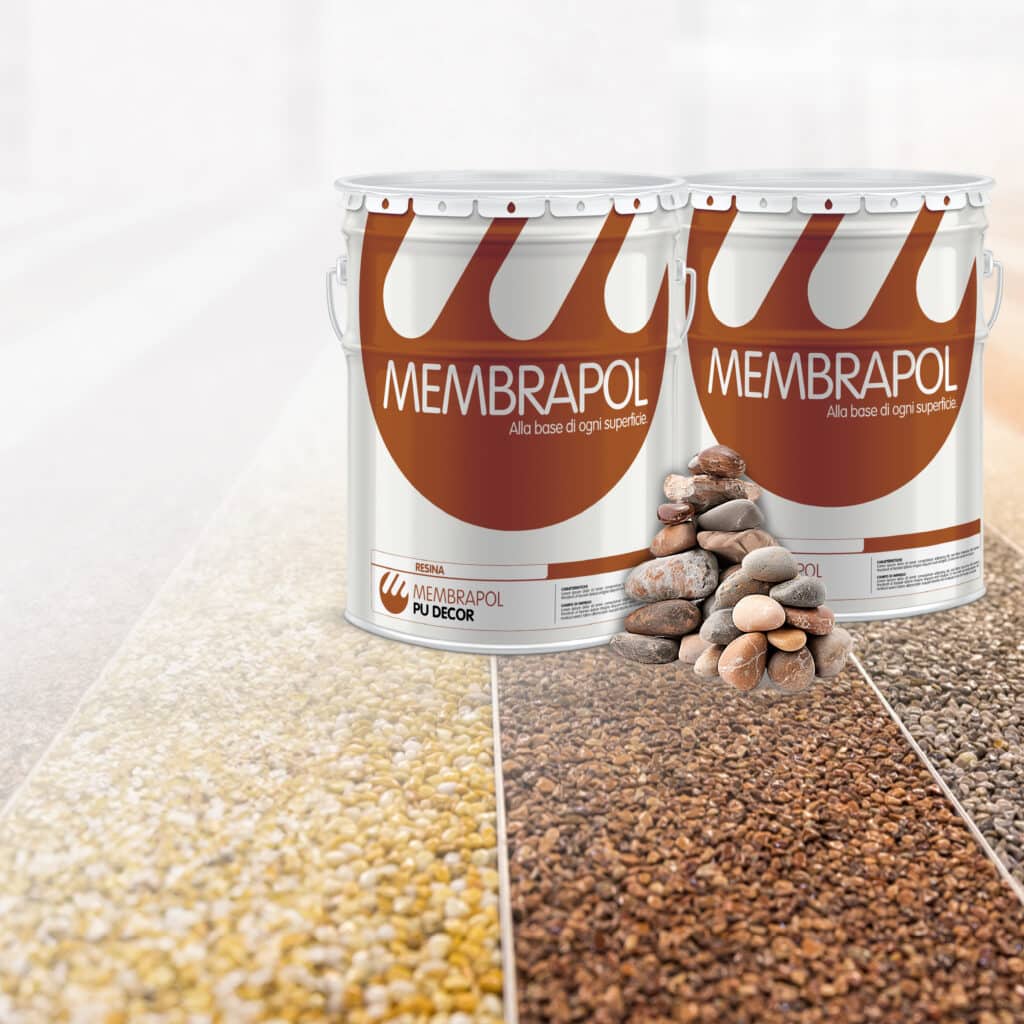

Reach us for information on +356 2141 5332
